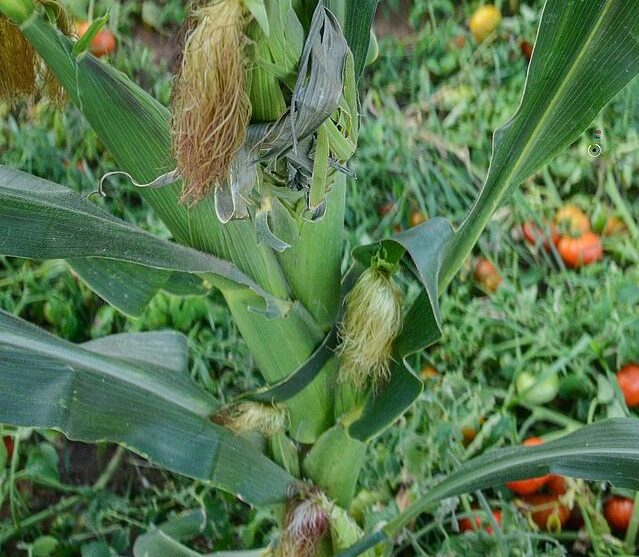Senegal expects a 2025-26 rebound in corn production following a 2024 output decline, cited the Interprofessional Maïs (IMAIS) on October 25, 2025.
The gains owe to uptick acreage in the leading regions of Kaolack, Kédougou and Kolda, where the IMAIS “expect(s) good yields.”
Although the agency did not specify production or acreage increases, it nevertheless signalled a bumper year ahead vis-á-vis last year’s poor show.
2024-25’s corn acreage declined by 4.3% year-on-year (y-o-y), to 164,906 hectares, while production downed 12.7%, to 495,571 tonnes.
This downturn made the traditionally maize-importing nation ramp up imports in 2024 by 19% y-o-y, to 512,740 tonnes.
APS news quoted IMAIS’ president Nimna Diayté saying that farmers could help cut imports by upping the 400,000-tonne annual production average.
Diayté drew on some successes towards this dream such as reduction in caterpillar infestations due to intervention by the ministry of agriculture. She however isolated the persistence of the problem in central Kaolack’s corn belt of Nioro du Rip.
She also mentioned enhancing productivity, which she found could reach 5 to 6 tonnes a hectare in a good year.
Conversely, Senegal has a corn yield rate of about 3.3 tonnes a hectare (2023), according to the Food and Agriculture Organization (FAO).
Regarding corn sale, Diayté promised to help her countrymen market and sell their output in the next market timing.
The looming 2025-26 harvest success follows governmental budgetary efforts through hybrid corn seeds that have bolstered productivity. And as the following stats indicate, Senegal is just getting there in its corn production dream.
Senegal Corn Production Statistics
Maize/corn is one of Senegal’s staple grains, along with rice. It is the eighth biggest crop by production at a decade-long annual average of 606,100 tonnes, according to the USDA’s Foreign Agriculture Service (FAS). As such, Senegal produces only 0.06% of the world’s corn crop and imports a bulk to cover its consumption gap. In 2023, corn imports by Senegal hit $120 million, or the 58th highest worldwide, according to the OEC. Key origins include Argentina ($81.3 million) and Brazil ($28.8 million). The country also imports corn starch totaling 13,468.5 tonnes as of 2023, per the World Bank.
What are the 5-year production patterns of corn in Senegal ?
Based on the Food and Agriculture Organization (FAO)’s data, Senegal’s corn production and productivity upped from 2019 through 2023 but acreage declined.
| Year | Production [tonnes] | Yield [t/Ha] | Acreage [Ha] |
| 2023 | 929,000 | 3.378 | 275,000 |
| 2022 | 787,750 | 2.841 | 277,243 |
| 2021 | 754,620 | 2.648 | 284,955 |
| 2020 | 761,883 | 2.655 | 286,977 |
| 2019 | 530,705 | 2.054 | 258,391 |
Which are the production centers of maize in Senegal?
Kaolack’s central region of Nioro du Rip leads production with at least 34,954 tonnes, per a 2023 research-based forecast. Following suit are Vélingara in Kolda with 17,018 tonnes, Koupentoum in Tambacounda with 14,730 tonnes and Sédhiou with 14,155 tonnes.
